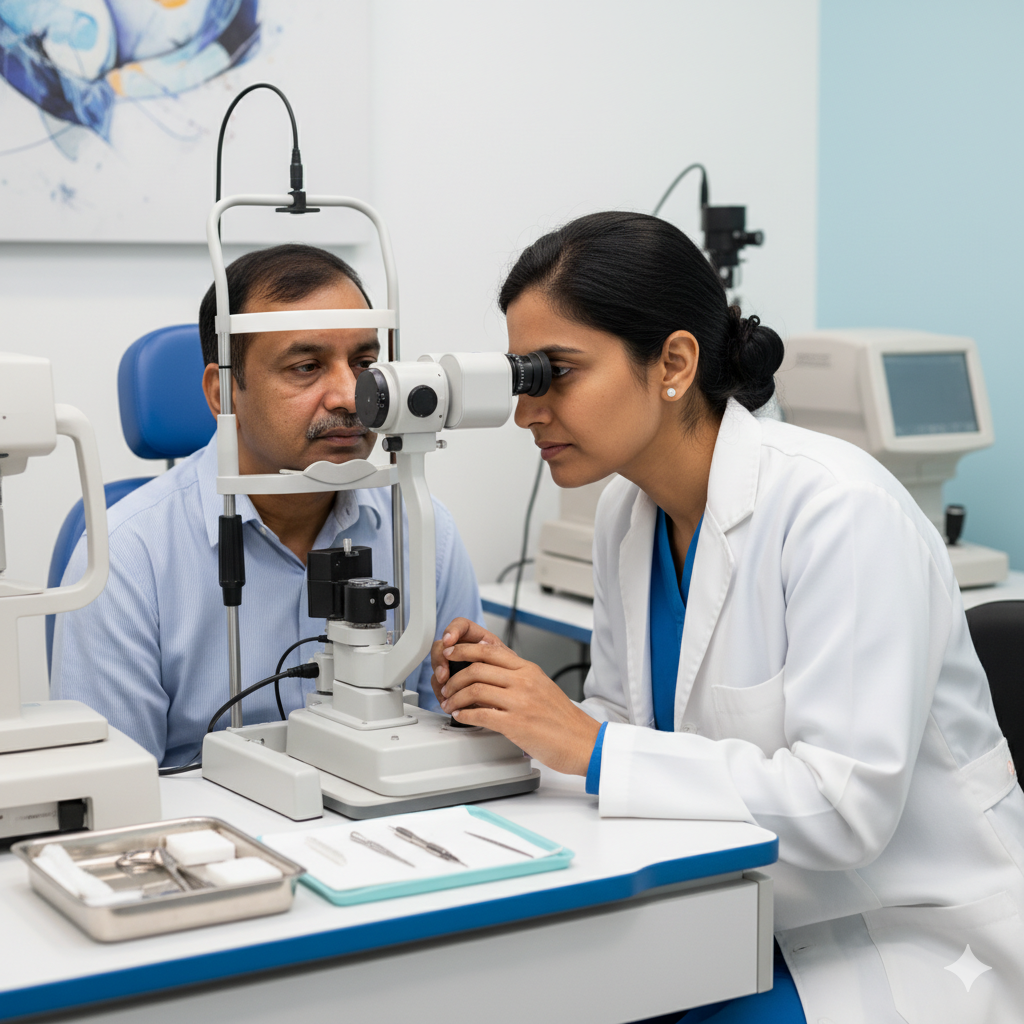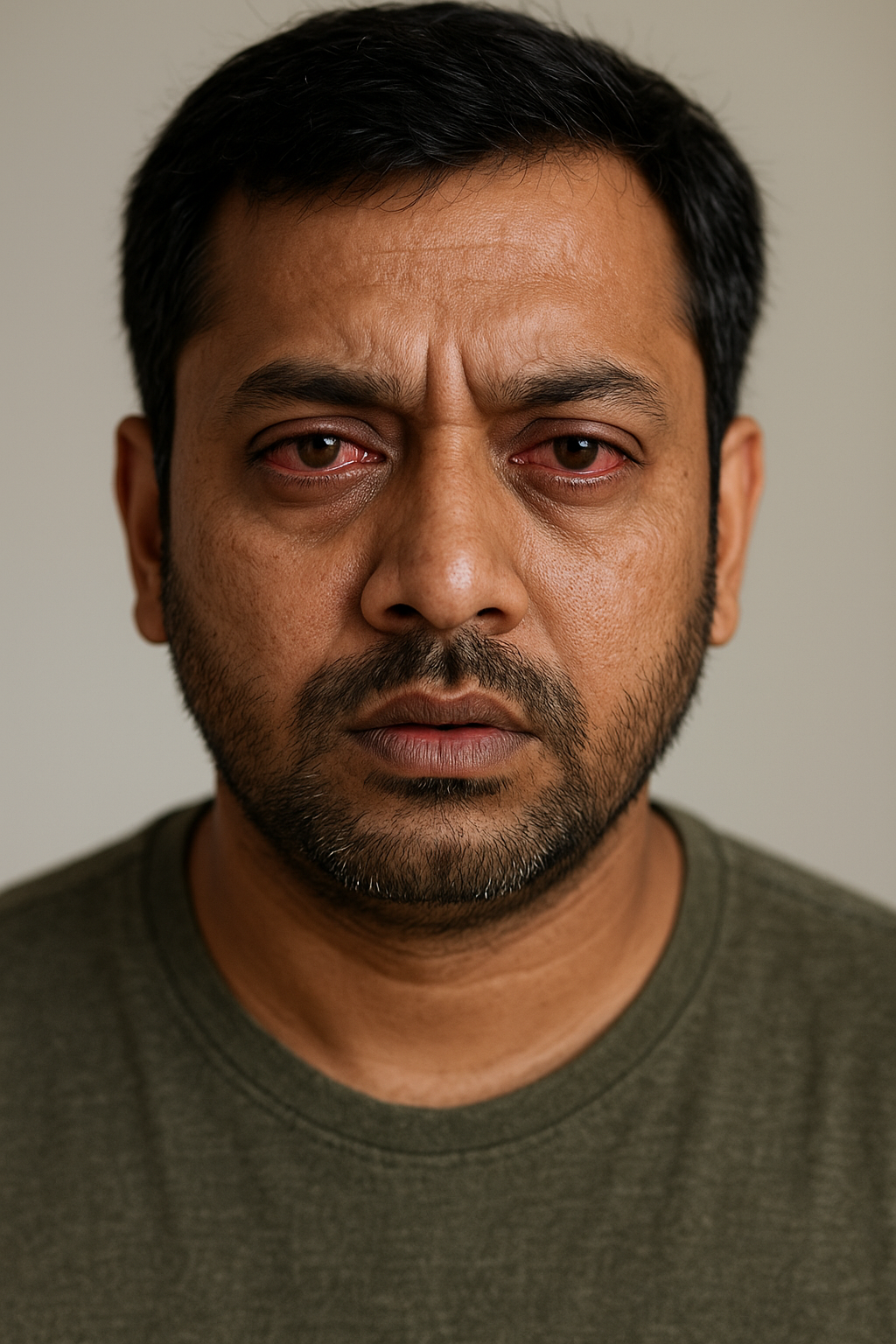
Dry Eyes
Dry eyes occur when your eyes don’t produce enough tears or the tears evaporate too quickly,
causing discomfort and irritation. Common symptoms include burning, redness, and a gritty
sensation. It can result from prolonged screen use, aging, or certain medical conditions.
Proper treatment and lifestyle changes can help restore eye moisture and comfort.
Dry eyes occur when your eyes don’t produce enough tears or the tears
evaporate too quickly, causing irritation and discomfort.
It leads to redness, burning, and blurred vision, often worsening with screen use or dry
environments.
Dry, red eyes can result from prolonged screen time, allergies, or environmental
factors like wind and pollution.
Proper hydration, eye drops, and regular blinking can help relieve symptoms and maintain eye
comfort.
Visual acuity tests help assess how dry, red eyes may
be affecting sharpness and clarity of vision.
Regular eye check-ups help identify the cause of dry,
red eyes and ensure proper treatment for lasting relief.
Dry Red Eyes Treatments designed for
-
tear restoration
-
s
irritation relief
-
eye hydration
01. What causes dry, red eyes?
Dry, red eyes are often caused by reduced tear production,
allergies, or excessive screen time.
02. How can I relieve dry, red eyes at home?
Use lubricating eye drops, take screen breaks, and avoid smoky or
dry environments.
03.When should I see a doctor for dry, red eyes?
If symptoms persist, worsen, or cause vision changes, consult an
eye specialist promptly.
04. Can dry, red eyes be prevented?
Yes, by staying hydrated, maintaining good eye hygiene, and using
a humidifier in dry settings.



